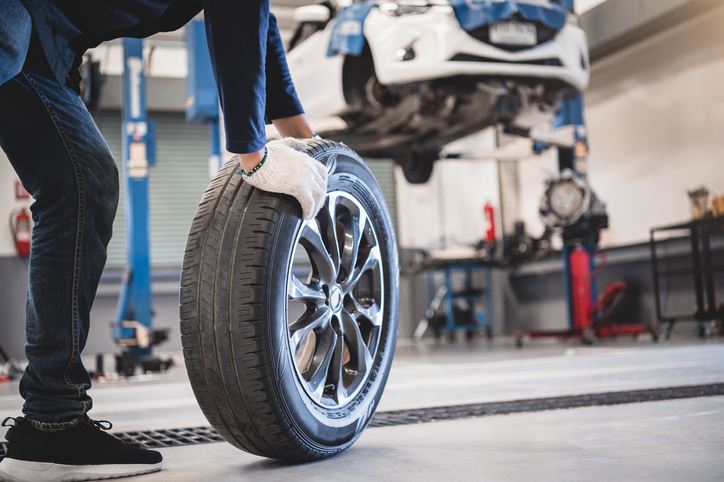
The braking system of a vehicle is essential to the function of the car and the safety of its passengers. Ensuring proper brake function and taking steps to prevent damage to the system is an essential part of vehicle maintenance.
Slamming on the brakes is one of the easiest ways to incur brake damage. Unfortunately, everyone has had to slam on the brakes at one point or another. While it’s sometimes necessary to make a sudden stop to avoid a potential collision, applying sudden force can have a damaging effect on the vehicle.
Here’s a closer look at the effects and symptoms of brake damage, and how drivers can avoid this in the future.
Effects of Slamming on the Brakes
While all drivers should aim for smooth braking, often a sudden stop is unavoidable. One of the most common effects of slamming on the brakes is a worn-out anti-lock braking system (ABS). The ABS is a safety feature designed to prevent the wheels from locking up and causing the vehicle to skid. If the brakes are hit too hard, the ABS may kick in when it’s not needed. If the ABS is triggered too often, it may wear out prematurely and reduce braking performance. Likewise, a professional auto technician may notice wear and tear on the tires as a result of excess friction and heat caused by sudden braking. The brake hoses and the brake pads are other parts of the system at risk of overheating and deteriorating.

When to See a Professional Auto Technician
Fortunately, many vehicles provide some indication that the braking system is in trouble. The most obvious sign is a vehicle’s warning light on the dashboard, which should turn on if there is a fault in the braking system. Pay attention to the sound of the vehicle. Any screeching or grinding sound when the brake pedal is applied is a good indication of worn brake disks. Likewise, if a customer describes the vehicle to be vibrating or pulling to one side when braking, there is likely a problem with the brake system.
If any of these warning signs appear, a car owner should be advised to see an auto mechanic as soon as possible. In automotive repairs training programs, professionals learn how to diagnose and repair a range of automotive problems, including the operation and servicing of hydraulic braking systems.

Preventing Brake Damage
It’s important to remember that brakes have a lifespan and there is only so much that can be done to limit their wear over time. Easy solutions are to drive more carefully so as to increase awareness of potential hazards that require a sudden stop.
On the other hand, there may be causes of damage to this car component other than slamming on the brakes. These include a brake fluid leak, a faulty brake booster, or a worn-out brake cylinder. A vehicle may not present symptoms of brake wear until long-term damage has occurred. To err on the side of caution, it’s a good idea to have the brakes checked and serviced regularly by a professional auto mechanic.
Are you interested in taking auto service technician courses?
Contact ATC Surrey today!

